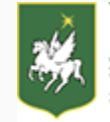Introduction to Belgorod State University
Belgorod State University is one of the oldest universities in Russia and the center of higher education, scientific research and culture in Belgorod Oblast. It provides a multi-level education program, covering bachelor's, specialist, master's, associate doctorate, doctorate and other degrees, and has a high level of teaching and scientific research in many disciplines.
Overview
Student size: There are 31,000 students in total, including 619 international students from 49 countries.
Faculty: The school has a strong faculty, with a total of 1,590 teachers, including 2 national award winners, 200 professors and doctors, and 745 associate professors and associate doctors.
History and establishment time
Founded in 1876 Years.
School Strength
Teaching Achievements: The school has a long history of teaching and has trained a large number of professional talents. Its graduates have performed well in various fields in Russia and internationally, and have made important contributions to social development.
Scientific Research Cooperation: Actively carry out scientific research cooperation, establish close cooperative relations with many internationally renowned companies and other scientific research institutions, jointly carry out scientific research projects and technological research and development, and promote the innovation and development of multiple disciplines. In February 2022, the school developed a new substance that helps to restore brain cells and treat sequelae of craniocerebral trauma.
Institutional Nature
Public University.
Educational Philosophy
Focus on cultivating students' innovative thinking and practical ability, emphasize the close integration of academic research with actual social needs, and strive to provide students with high-quality education, so that students can have strong competitiveness in the ever-changing social environment, while cultivating students' sense of social responsibility and global vision, and encouraging students to actively participate in social welfare activities and international exchange projects.
Key Laboratories and Disciplines
Key Laboratories: The school has many advanced laboratories, but the specific information has not been clearly found.
Key disciplines: Physics and mathematics, biology, chemistry, sports, education, art education, history, international economics, economics, sociology, ecology and environmental protection, psychology, journalism, management, physics and other disciplines are the key disciplines of the school.
Faculty
The school has 21 departments, 83 teaching and research offices, 2 branches, and 1 medical school. The main departments include the Department of Physics and Mathematics, the Department of Languages, the Department of Roman Germanic Languages, the Department of Biochemistry, the Department of Sports, the Department of Education, the Department of History, the Department of Education, the Department of Medicine, the Department of Economics, the Department of Social Theology, the Department of Geology and Geography, the Department of Computer Science and Information Technology, the Department of Psychology, the Department of Journalism, Business Administration, the National Institute of Municipal Administration, etc.
Ranking
In the 2022 QS World University Rankings, it ranks 1001-1200, in the 2024 QS World University Rankings, it ranks 1201, and in the TIMES World University Rankings, it ranks 1501.
Expenses
Tuition fees vary depending on the major. Generally, undergraduate tuition fees are about US$1500-2500 / The tuition fee for a master's degree is about 2000-3000 USD/year, and the accommodation fee is about 100-200 USD per month.
Campus
The school has complete teaching and living facilities, including teaching buildings, laboratories, libraries, dormitories, gymnasiums, etc., which provide good conditions for teaching, scientific research and life for teachers and students. The living facilities around the campus are complete, including supermarkets, restaurants, cafes, etc., which meet the daily needs of students.
-

Peter the Great St.Petersburg Polytechnic University
-
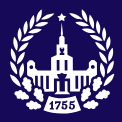
Moscow State University M. V. Lomonosov
-
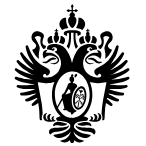
St. Petersburg State University
-
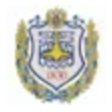
Bauman Moscow State Technical University
-
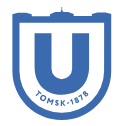
Tomsk State University
-
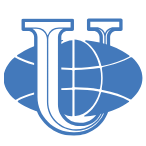
Peoples' Friendship University of Russia
-
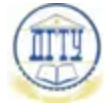
Don State Technical University
-

Moscow Institute of Physics and Technology
-
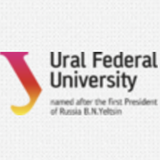
Ural Federal University
-

Kazan Federal University
-

Mesoamerican University
-

Istmo University
-

Mariano Galvez University of Guatemala
-

Regional University of Guatemala
-

Galileo University
-

Francisco Marroquín University
-

Rafael Landívar University
-

University of the Valley of Guatemala
-

University of San Carlos of Guatemala
-

Technological Institute of Tlaxcala Plateau
-

Golfo University
-

Technological University of South Sonora
-

Technological University of Huejotzingo
-

Tizimín Institute of Technology
-

Chilpancingo Institute of Technology

